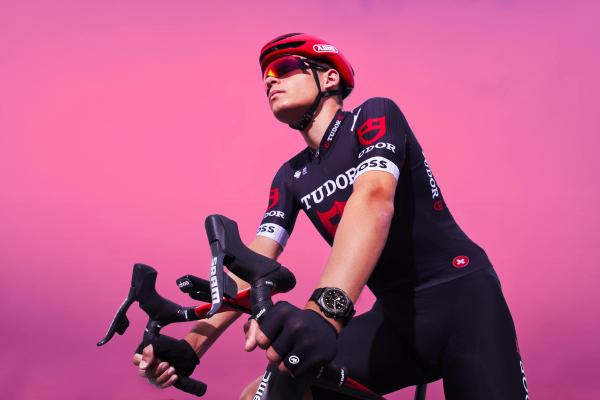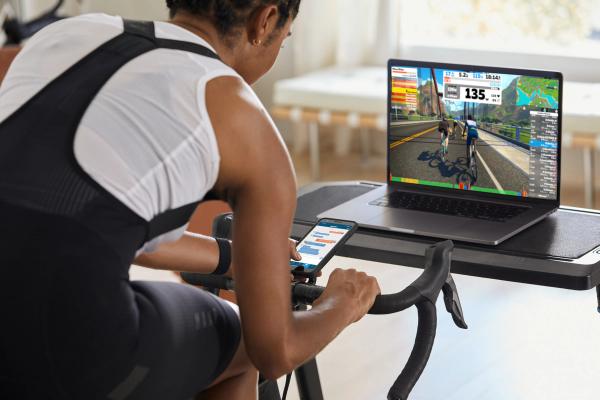How Greg LeMond made a pioneering push for suspension forks at Paris-Roubaix
Back in the 1990s, the Tour de France winner turned up to Paris-Roubaix with RockShox suspension forks. Jon Cannings looks back at how it went and the influence it had on subsequent road bike tech
Jon Cannings
Head of Community
© Sirotti Stefano
Greg LeMond on his way to the start line of Paris-Roubaix 1993 - note the RockShox suspension forks
Paris-Roubaix is just around the corner and I’ve always found it an interesting race for spotting customised bikes. Why? Well, because of the huge amount of customisation involved to deal with the demanding terrain.
I’d like to share with you some of my favourite Paris-Roubaix bikes of the 1990s as this was a particularly significant period in my eyes. It was a time when mountain biking was well and truly booming, but it was a separate world from road cycling. Except, there was a pioneer of peloton racing who was not afraid to introduce technologies used by our rougher mountain bike mates into the drop handlebar scene.
Step forward, Greg LeMond.
American rider LeMond was not just any pro cyclist; he was a three-time Tour de France winner and double road race world champion. He was a huge favourite of mine – not only was he a great rider, but he was also a massive lover of bike tech.
Back in those days there was little in the way of aero, lightweight or endurance road bikes. A team leader sometimes begged to have a lighter bike for climbing, and TT bikes were becoming pretty radical (more on that another time…). Paris-Roubaix however, was the exception. Riders would use bombproof wheels with ‘large’ 23mm tubular tyres and closer ratio chainrings, but overall, the bikes were pretty standard. Nothing out of the ordinary really. It is no secret that teams were stuck in their ways.
Until, that is, Greg LeMond returned to Paris-Roubaix in 1991, as defending Tour de France champion – something that has not happened since, by the way.
Mountain bike technology comes to the cobbles
That year, LeMond and his team-mate Gilbert Duclos-Lassalle of Team Z-Peugeot raced with a pair of RockShox Paris Roubaix SL suspension forks. They were a bi-product of RockShox’s Mag 20 and 21 mountain bike forks that worked on air/oil, with pressure controlled to suit a rider’s style.
The pair were duly mocked by many of road cycling’s traditionalists who claimed 'we don’t need them'. To make matters worse, the effectiveness of the fork’s 50mm travel was questioned as Duclos-Lassalle finished in 12th and LeMond back in 55th.
This didn’t deter LeMond, though. He returned in 1992, along with Duclos-Lassalle, with the team riding LeMond bikes, as he’d recently entered the frame/bike business. Here's a replica of that very bike built by Steve Grimwood from Elmy Cycles.
To say that this was a breakthrough year is an understatement. Duclos-Lassalle, who was 37 years old at the time, won the race. Not only was he on this new bike brand, but it was also sporting the RockShox suspension forks.
Who’s laughing now?
In 1993, Z had ended its sponsorship and been replaced by GAN. Again LeMond provided the bikes. What was really interesting is that the level of intrigue in the RockShox suspension forks had really gone up a gear. A total of five teams were officially supported by the brand and the RockShox staff took two suitcases full of forks to the race, in case any other riders wanted to try them out.
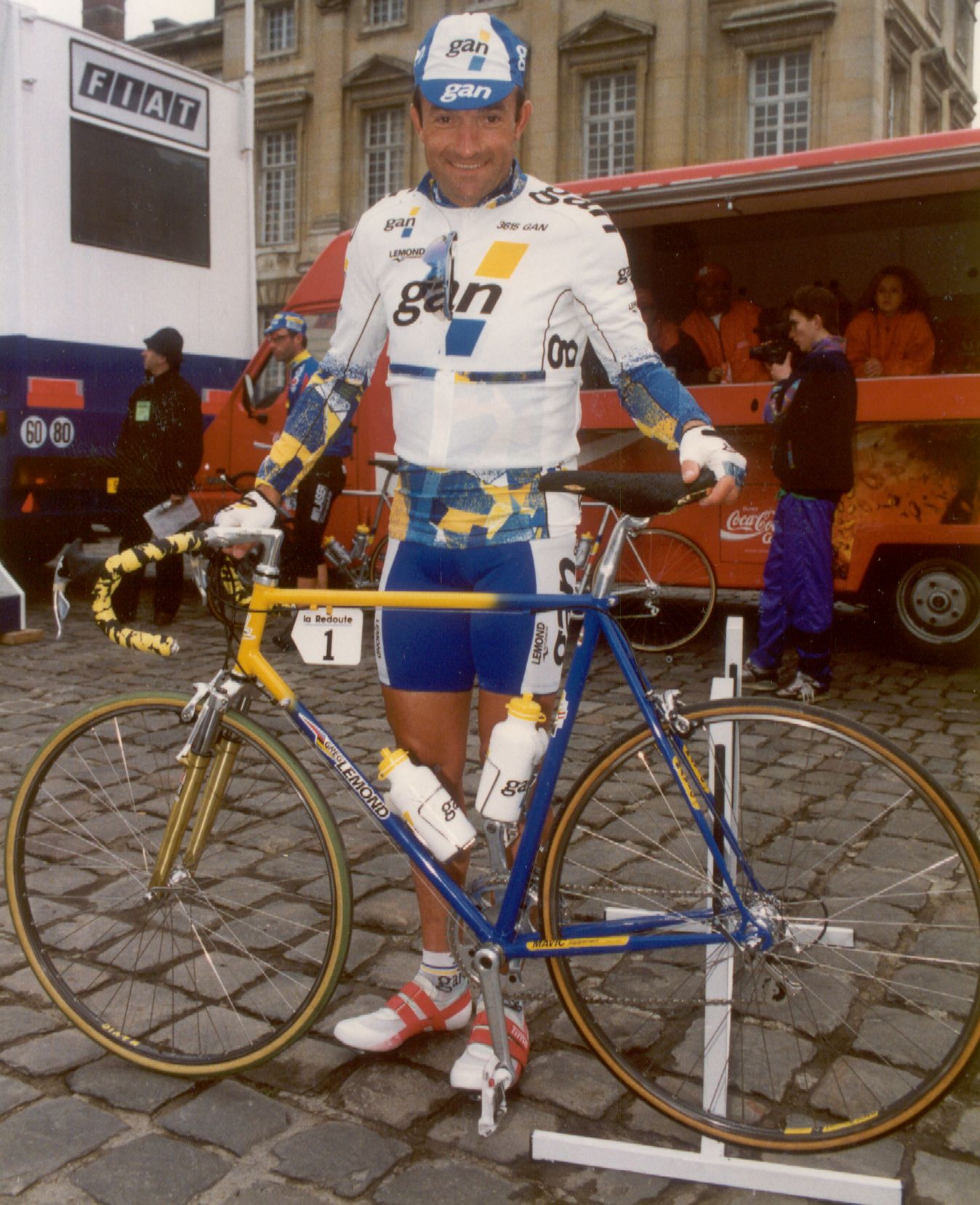
© Sirotti Stefano
Gilbert Duclos-Lassalle and the LeMond bike of GAN complete with RockShox forks
That led to several more wins on RockShox forks, for Duclos-Lassalle again 12 months later and then Andrei Tchmil in 1994.
From 1991 to 1996 an explosion of ideas and designs littered the cobbles of Paris-Roubaix. Most have been forgotten about and photos are hard to come by, but we’ve dived into the archive to see what we can find.
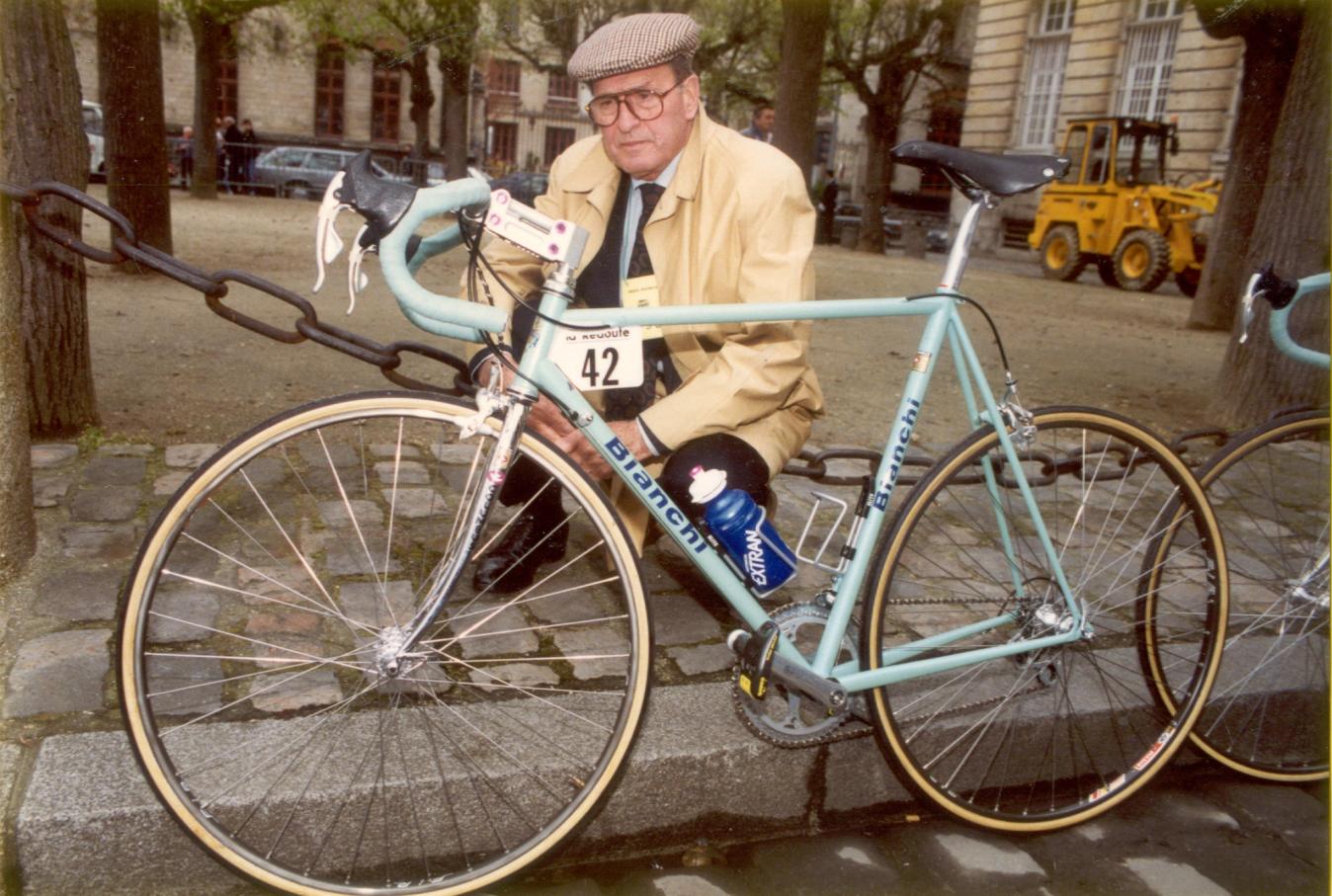
© Sirotti Stefano
Franco Ballerini's 1993 Bianchi at Paris-Roubaix. Note the Allsop Softride suspension stem on what looks like a fairly ordinary road bike of the 1990s
It is worth noting that, after the victory of Franco Ballerini in 1995 on a rigid Colnago bike, the use of suspension forks took a steady decline until the year 2000 when you’d struggle to see a pair in the race. Why did Ballerini not use suspension forks, you may ask? Especially as the previous three editions had been won while using them.
Ernesto Colnago, the bike supplier, wouldn't allow it. Having visited the Colnago workshop myself, seeing it steeped in tradition, I can imagine Ernesto’s response if the mention of fitting a suspension to one of his frames was even muttered.
Post the year 2000, many Paris-Roubaix-specific bikes have had adapted geometry and differences in carbon fibre layup to aid performance. We’ve even seen rear suspension on bikes like the Pinarello Dogma K8-S and suspension steerer tubes on the aptly named Specialized Roubaix. Not to mention Zipp wheels being endlessly tested for their suitability on the cobblestone 'roads' back in 2006. It was in 2010 when they were first ridden to victory.

© Sirotti Stefano
Steve Bauer rode this long-wheelbase bike at the 1993 Paris-Roubaix. The idea was that it would allow more power to be produced through the quadriceps. The whacky styling of it came to nothing in terms of mass production
Bike technology has moved on a massive amount over the years and Greg LeMond's impact at that '93 Paris-Roubaix shouldn't be underestimated. He pushed the boundaries all those years ago by trialling new tech that often raised an eyebrow or two.
Not only the use of those suspension forks, but he also tested tri-bars, electronic gearing (that’s another article in itself) and was generally brave enough to challenge the traditions of road cycling. We should embrace innovation and change in this way. It helps drive the sport and the bike industry as a whole.
I for one can't wait to see what innovative ideas this year's Paris-Roubaix might bring. But I'll leave you with some more classic images from the 1990s…
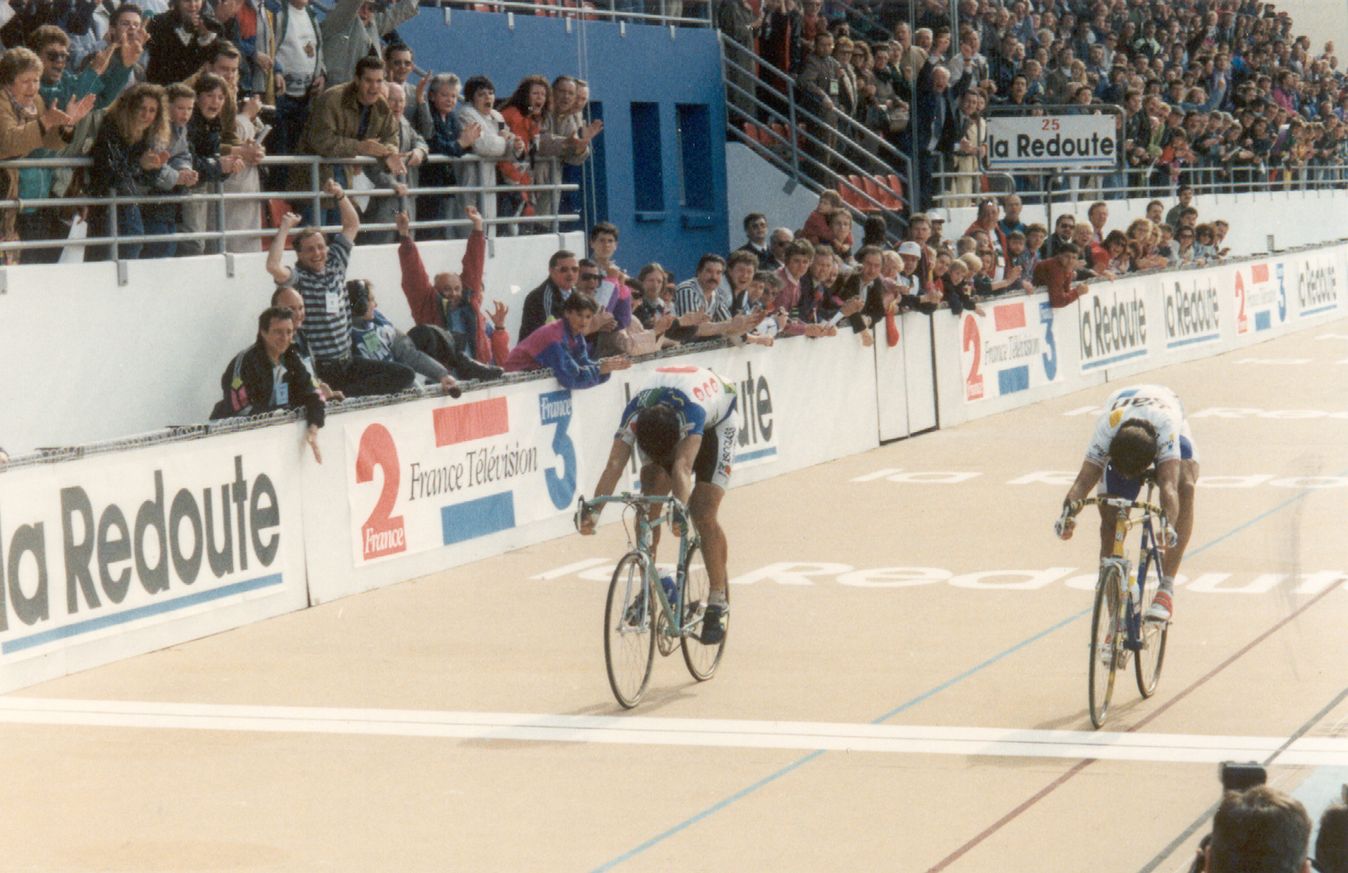
© Sirotti Stefano
The victory of Gilbert Duclos-Lassalle was backed up 12 months later at the 1993 edition of Paris-Roubaix when he won a sprint against Franco Ballerini by the tiniest of margins

© Sirotti Stefano
The 1995 Bottecchia bike of ZG Mobili was a full suspension model that featured an AMP Research linkage fork as well as a rear shock unit. Look closely and you can see the chain has come off already
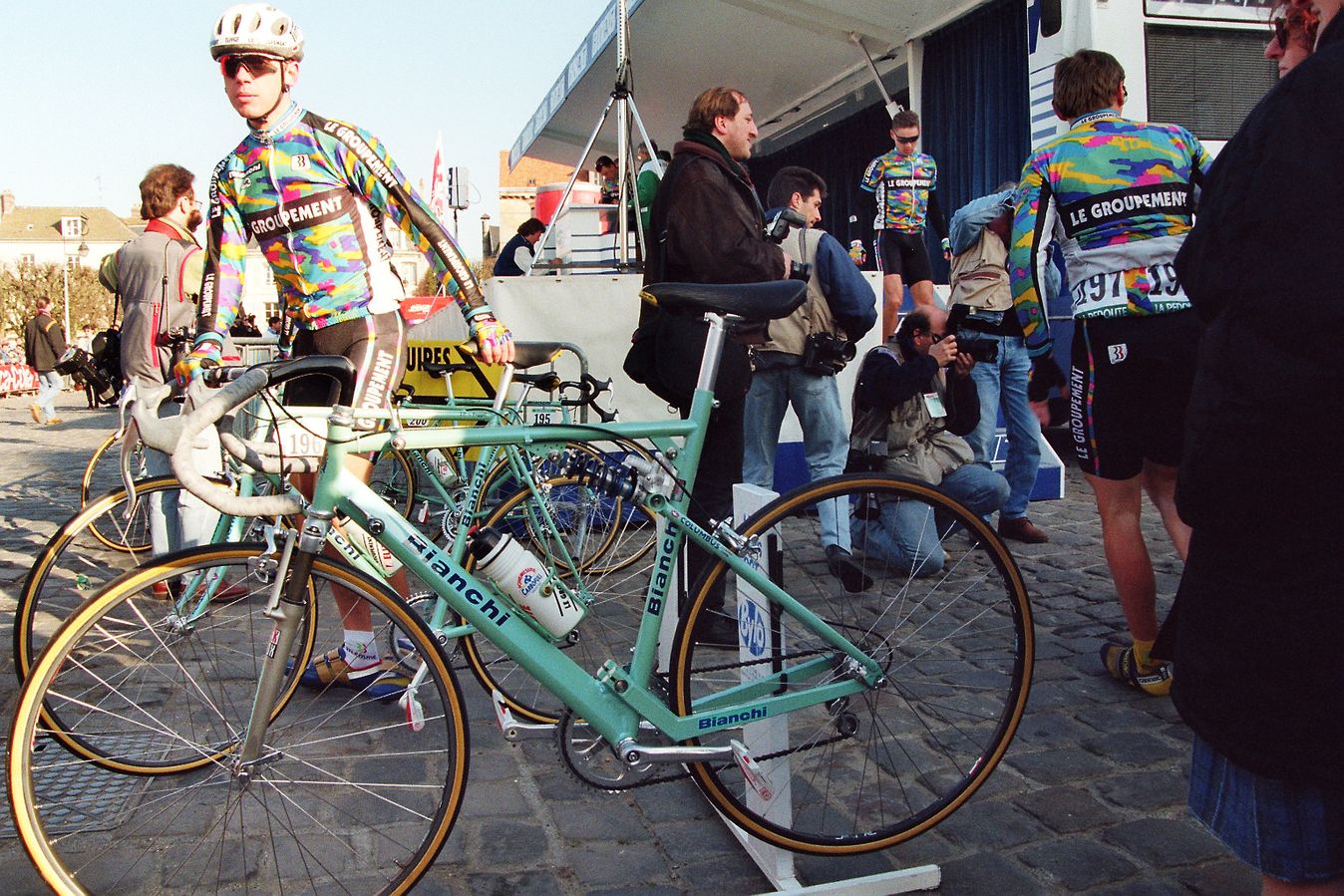
© GCN
The short-lived Le Groupement team (6-month lifespan) of 1995 used a very trick titanium full-suspension bike. Look closely and you can see the 'lock-out' lever on the top tube to control the 50mm travel. As for those box section chainstays 😍
For more on Paris-Roubaix, check out our dedicated race section and keep up to date with all the Spring Classics here.
To help you get fully in the swing of Classics season, check out our wide range of t-shirts in the GCN Shop or click on the rail below.
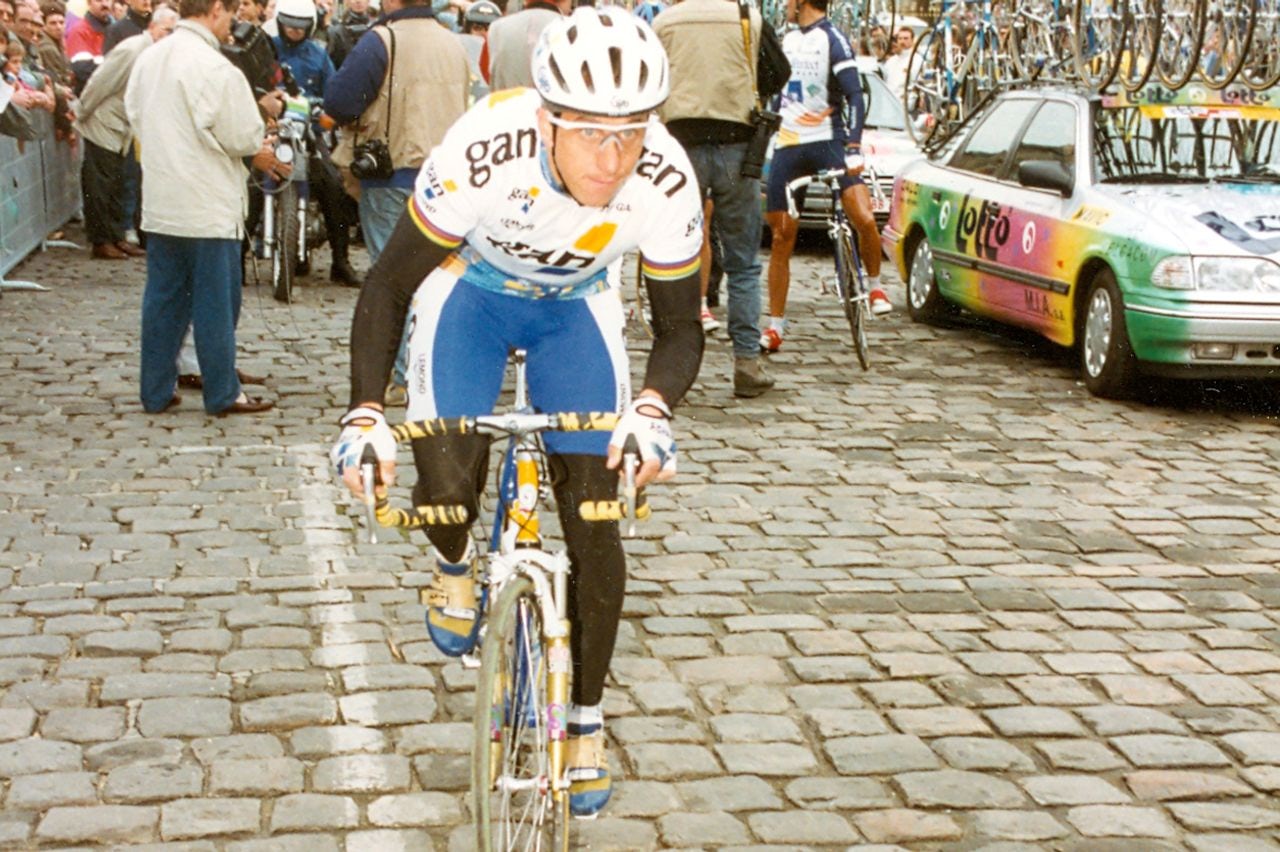










.png?w=600&auto=format)

.jpg?w=600&auto=format)
